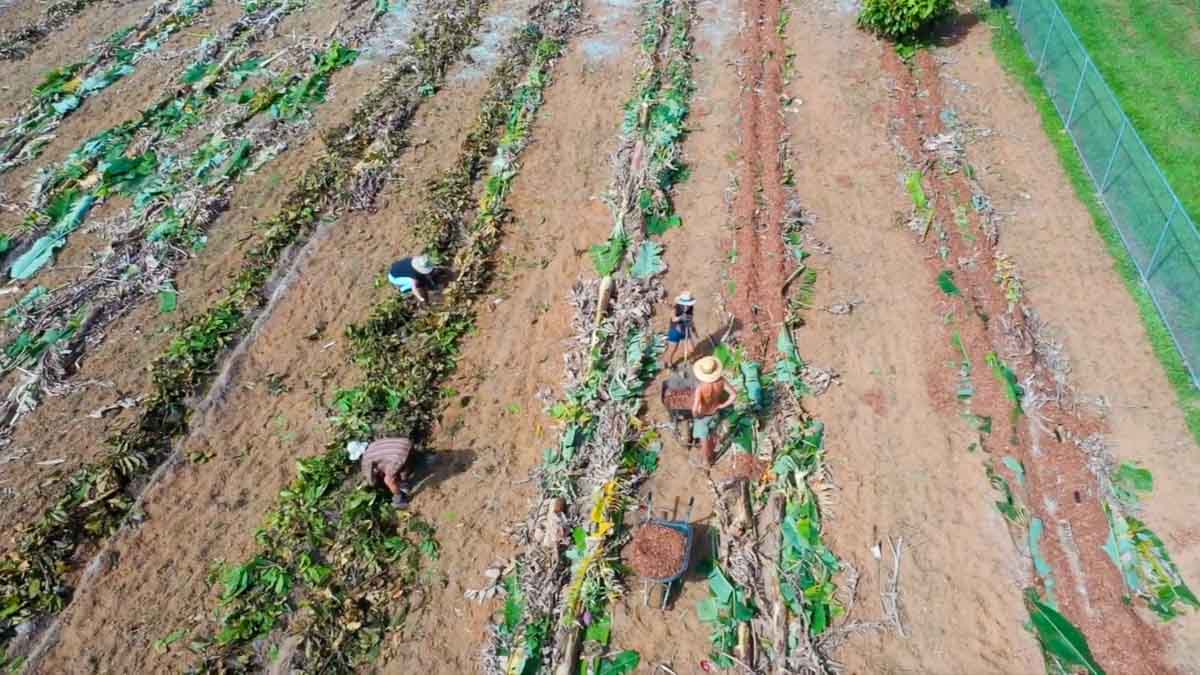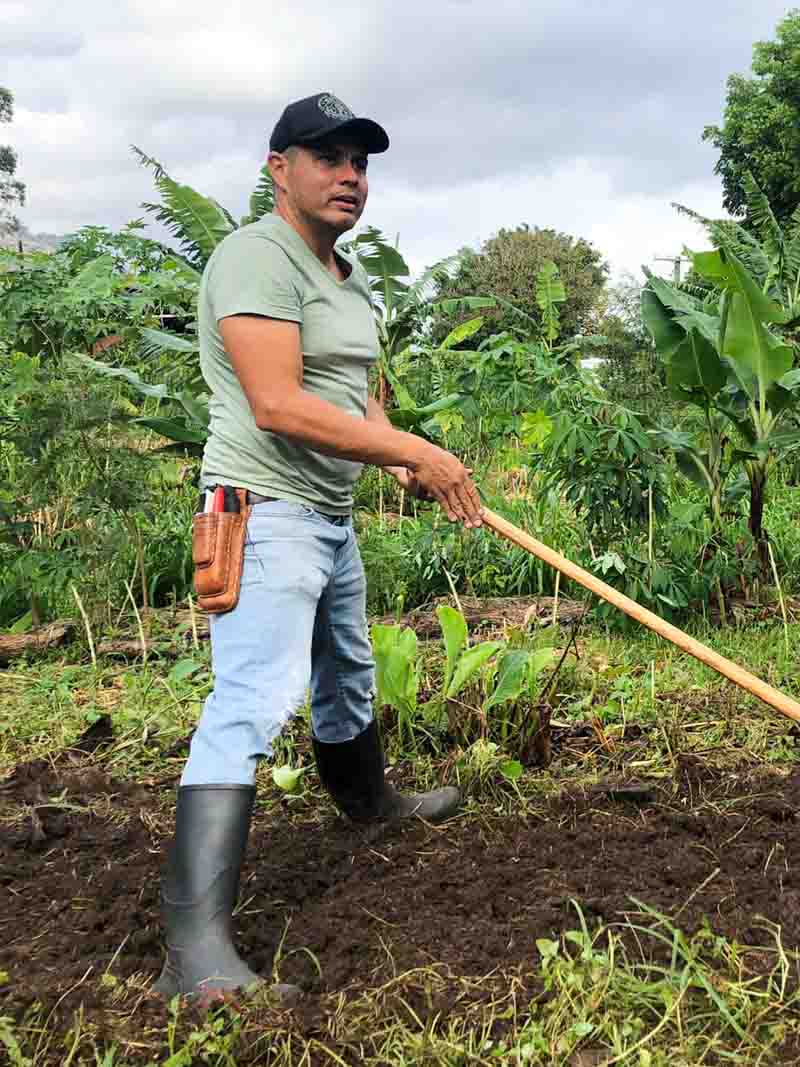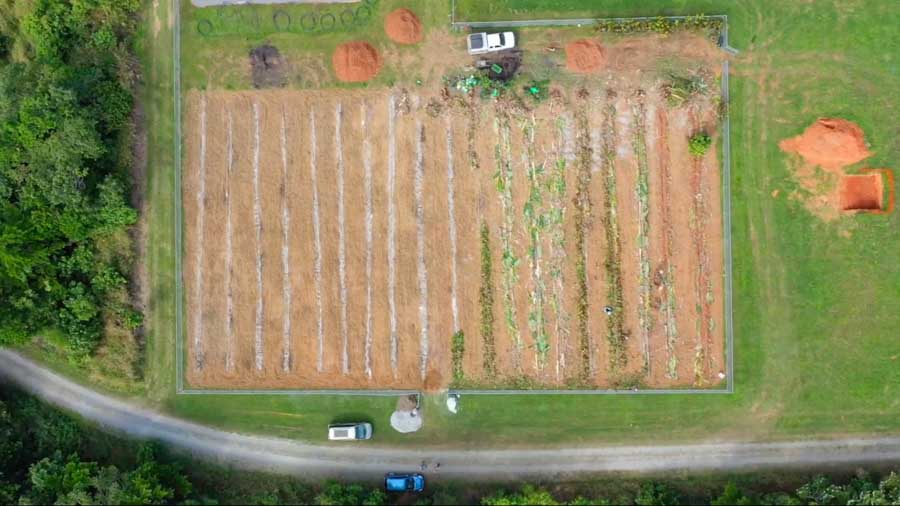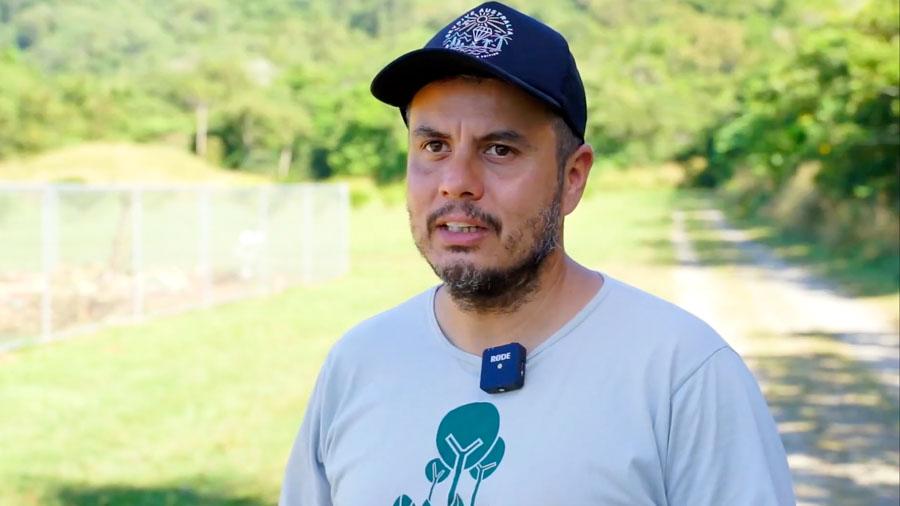Along with goals to dramatically lighten their environmental footprint through supply chain improvements, Mars is investing heavily in trialling alternative farming practices. One of the drivers for change is demand, as each year the company needs to source more and more cocoa for its product lines. Mars currently sources cocoa from over a million plantations across the globe, most of which are small, traditional monoculture farms. Unfortunately, cacao farming is becoming less and less viable for producers, thanks to the ever-increasing costs of inputs and the increasing volumes required to maintain production. And while production costs are skyrocketing, the selling price of cacao hasn't gone up accordingly to offset this. Additionally, intensive farming practices have depleted the nutrients and organic matter from the soil, meaning that cacao trees are less productive, weaker, and more susceptible to pests and diseases. As a result, it's becoming less viable for producers to farm cocoa, and many are turning to alternate crops.
Cacao farming is becoming less viable for producers, as they are reliant on inputs, of which the cost and amount required are exponentially increasing.
Mars is in a position where it must address these issues for cocoa growers so that it can continue to meet the world's growing appetite for chocolate but also meet the ever-increasing obligations of responsible corporate citizenship. The Mars Sustainable Solutions department was developed to conduct research to identify solutions to this crisis.
In 2021, Mars began funding a trial with James Cook University to identify whether farming cacao in a monoculture or with syntropic practices is better for productivity, growers and the planet.





